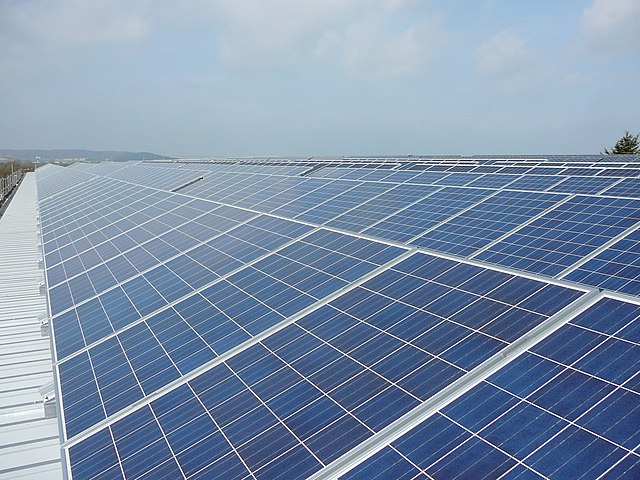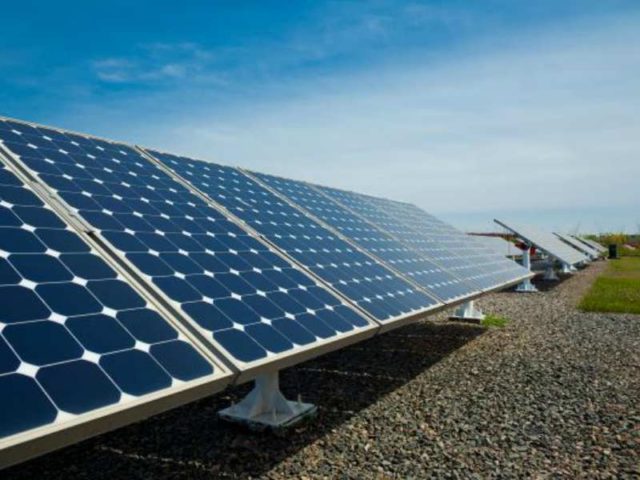The majority of us make use of electrical energy on a day to day basis. In fact, that should be reworded to ‘minute to minute basis’ seeing just how much the various electric home appliances have become an entirely essential part of our lives. When we broach electrical energy, we do not just imply that it originates from the mains power supply.
We are additionally talking about that which originates from batteries, you know, like that which you use on your shaving equipment in the early morning, or that which you utilize on your smartphone every single time you call someone or compose a text message. Opportunities are that if you read this anywhere, you are utilizing electricity, in whatever appliance, to do so.
However while numerous people use electrical power on a minute-to-minute basis, very few people bother to learn what, specifically, power is. Sure, some of us do find ourselves sometimes wondering what power is, but very few actually bother to go a step further and discover the answers to that inquiry. Visit Henof if you need more information or have any questions about electricity.
It doesn’t aid that a lot of our education and learning systems are created in such a way that children specialize too early, to ensure that a number of them never ever go far enough as examining something as fundamental as electrical energy in their elementary and secondary school physics. The completion result is a society that is totally ignorant when it concerns the basics of power.

So what, specifically, is electrical power?
Well, simply put, electrical power is a kind of energy. It stems from the circulation of electrically billed sub-atomic particulates, especially the ones called electrons. Electrons are among the components that enter into the production of atoms; the atoms being the fragments out of which all things are made. It is that circulation of the electric cost that results in the pressure whereby power does the numerous things it is entrusted to do.
In order for the flow to occur, among the points in the system requires to have even more electrons than the other point. This is similar to the scenario we see in the flow of water, where, in order for the circulation to take place, one factor needs to be higher than the various others so that the water can move along the slope thence created.
When there is a comparable distinction in electrons, that makes it possible for them to stream, we wind up keeping that which is described as an electrical energy capacity. This is action in volts. The phenomenon is best observed in electrical batteries, which typically start with a high voltage action – to indicate a high electric capacity, because when a battery is new (or newly charged, for the rechargeable variety), one point has many electrons, as well as the various other factors extremely couple of- making it feasible for the electrons to flow from the factor that is rich in them towards the point that is inadequate in them, thence creating a force which can be used and put to numerous usages.


